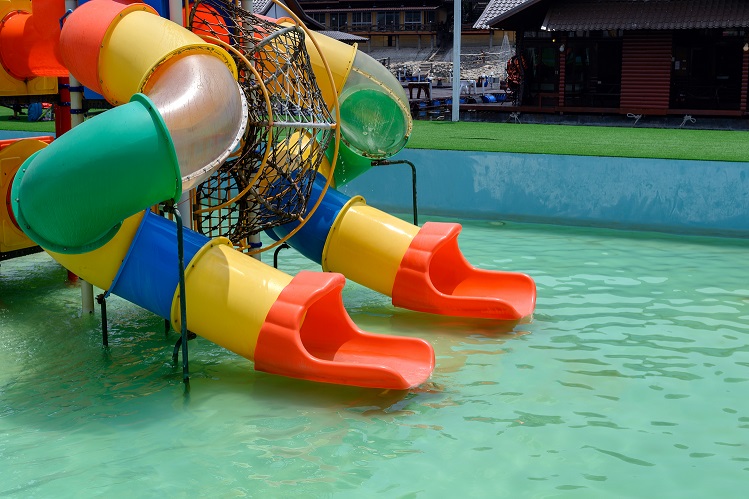 Marine environments test materials to their limits. Saltwater, UV radiation, and constant physical impact are just a few of the harsh conditions that marine applications endure. Boat builders, fishing equipment manufacturers, and water park owners need materials that stand up to these challenges. Enter high-density polyethylene (HDPE)—a game-changer for marine projects.
Marine environments test materials to their limits. Saltwater, UV radiation, and constant physical impact are just a few of the harsh conditions that marine applications endure. Boat builders, fishing equipment manufacturers, and water park owners need materials that stand up to these challenges. Enter high-density polyethylene (HDPE)—a game-changer for marine projects.
HDPE stands out in marine environments for its unique combination of durability, resistance, and flexibility. In this blog, we’ll discuss the many advantages of HDPE sheets and provide essential installation tips to help you make the most of this incredible material.
Properties of HDPE That Make It Suitable for Marine Applications
Marine HDPE sheets are renowned for their outstanding properties, making them the perfect choice for demanding marine applications.
- Chemical Resistance: HDPE resists saltwater, chemicals, and pollutants, making it ideal for harsh marine environments.
- Corrosion and Rot Resistance: Unlike wood and metal, HDPE does not corrode or rot, ensuring long-lasting performance.
- Impact Resistance: HDPE is highly impact-resistant, providing toughness and durability for boats, docks, and other marine structures.
- UV Stability: It resists UV radiation, preventing material degradation and extending the lifespan of marine equipment.
- Low Maintenance: HDPE requires minimal maintenance compared to other materials, leading to long-term cost savings.
- Cost-Effectiveness: Lower initial costs and reduced maintenance expenses make HDPE a cost-effective choice over its lifecycle.
- Design Flexibility: HDPE can be easily moulded and shaped, allowing for customization in marine applications.
- Compatibility: It can be combined with other materials for enhanced functionality in various marine environments.
- Eco-Friendly: HDPE is recyclable and has a lower environmental impact compared to non-recyclable materials.
- Sustainability: Using HDPE contributes to sustainable marine construction and operations.
- Non-Toxic and Safe: HDPE is non-toxic and safe for marine life, making it suitable for applications in contact with aquatic environments.
- Performance in Extreme Conditions: HDPE remains reliable in extreme weather, including high winds and storms.
Key Applications of HDPE in Marine Environments
Marine applications of HDPE sheets include boat parts, docks, fishing equipment, and water park structures. Thanks to its unique properties, HDPE sheets are an ideal choice for demanding environments, offering durability and reliability where it’s needed most.
HDPE Installation Tips for Marine Applications
Understanding the correct techniques for HDPE sheet installation is crucial for maximizing the material’s benefits and ensuring the longevity of your marine projects.
- Choose the Right HDPE: Marine-grade offers superior UV protection for long exposure to sunlight.
- Prep the Surface: Ensure it’s clean, dry, and free of contaminants like oil or grease.
- Cut and Shape with Care: Select tools based on thickness and desired shape (saws, routers, shears).
- Join Securely: Pick the best method (heat fusion, socket fusion, electrofusion) for your application and expertise.
- Use Proper Hardware: Opt for corrosion-resistant fasteners like stainless steel to prevent rust.
- Consider Expansion and Environment: Design for thermal expansion and consult professionals for complex underwater installations.
Buy HDPE Sheets from Canada Plastics and Belting Inc. in Toronto
HDPE is a superior choice for a wide range of marine applications. Its durability, versatility, and contribution to a more sustainable marine environment make it an invaluable material for boat builders, fishing equipment manufacturers, and water park owners. For top-quality HDPE sheets, contact Canada Plastics and Belting Inc. in Toronto. Transform your marine projects with the unmatched benefits of HDPE today.
